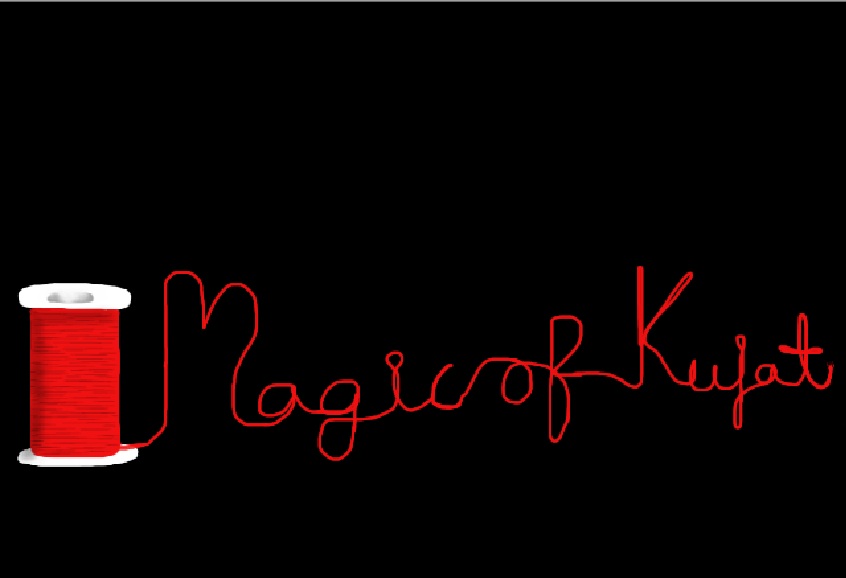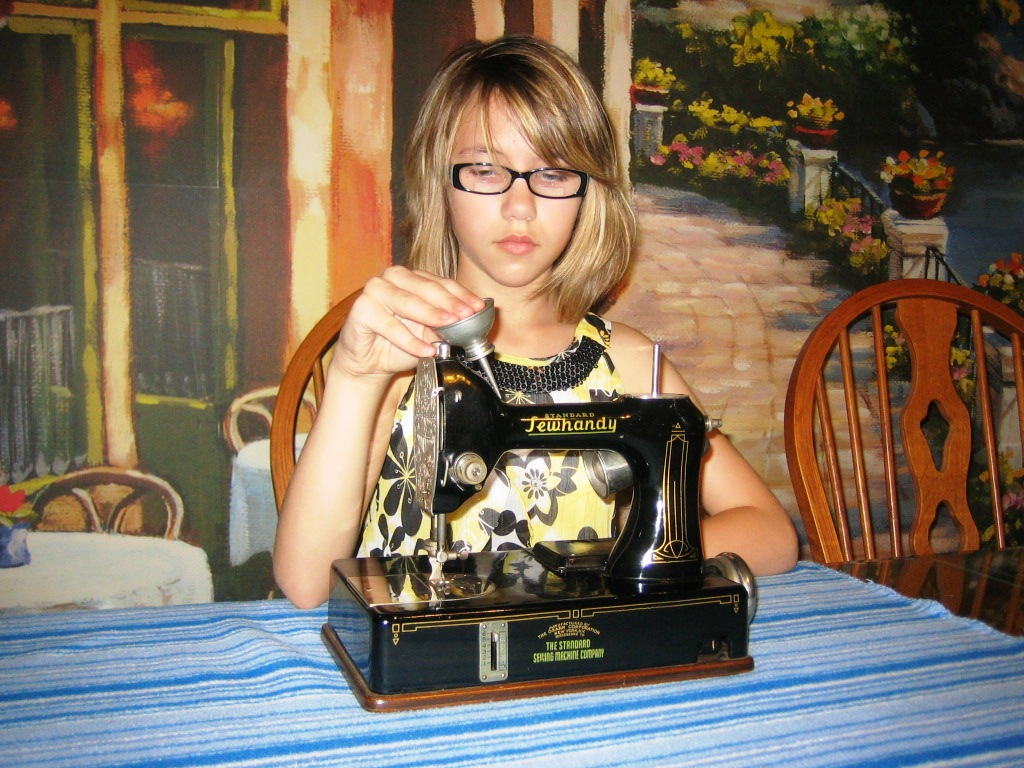The Singer Model 221 “Featherweight” Sewing Machine
Welcome to the "new" website! After Microsoft decided to end their free Office Live website services, I had to look for a new website hosting service and completely rebuild the website. So, if the website looks different and the format has changed from what you remember, this is the reason. I hope you can still navigate easily and find what you are looking for. Most subpages will open to a tab on the lower right side of the page; you may just need to scroll down to find them.
I'm sure I will be tweaking the format in the coming weeks as this goes online, and if you see any errors while viewing any webpage, please drop me a note so I can correct them.
Thanks! Leo
Introduction
This site was started in November 2009 and will continually be updated as time goes on. I would like to consider this a "living" site, with new material being added as it becomes available. I would also like to have this site be a comfortable place to ask questions, seek advice and accept information to be shared by all who love Featherweights. At some point I will probably link in a blog for others to use for comments/advice/questions, but until then please use the "Contact Us" to ask your questions and I will reply promptly. I have never believed in hoarding information or selling information regarding Featherweights or anything else for that matter. I do not claim to be a guru on these machines, but I have spent many hours researching their history and after completely rebuilding maybe 100 of these wonderful machines I have learned plenty and I am more than happy to share my knowledge and experience. With my trusted friend JJ, we have many years of Featherweight experience and look forward to lending a helping hand to all.
Leo & JJ

The Singer Model 221, and all of its variants, has lovingly been referred to as “Featherweights”. Exactly how they earned the name has been lost over the years, but it's safe to say that the fact that they are considerably lighter in weight compared to other “portable” sewing machines of the time. Many sewing machines of the era were made portable simply by taking them out of their cabinets and placing them into cases with handles allowing them to be moved more easily from their traditional stationary cabinet location. However, a 30 pound cast-iron sewing machine is not really all that portable. Imagine trying to carry three bowling balls with one hand!
The Singer Model 221 changed all that with its lightweight aluminum housing, tip up bed extension and fitted carrying case. Now this was a machine that is truly portable! The original 221 was introduced in 1933, and while it does resemble the Sewhandy, a machine made by several manufacturers including Standard, Frederick Osann, General Electric and Osann Singer, the Sewhandy is not a featherweight. The Sewhandy was very similar in dimensions for height, width and length, but it was still a cast-iron base and weighed almost five pounds more. The carrying case of the Sewhandy was very similar to the Singer 221 and may have been made by the same manufacturer. Even the top storage tray looks remarkably similar to the very early 221 cases. The Sewhandy was manufactured from 1928 to 1938 by the four above mentioned companies. It is completely probable that Singer saw the Sewhandy for what it was, a “real” portable, and either reverse-engineered the Sewhandy or became inspired to do even better. Either way in the end Singer ended up owning the design and patents after acquiring the Frederick Osann Company in 1934, and continued manufacturing the Sewhandy until 1938. Several design features quickly distinguished the 221 from the Sewhandy, such as a reverse, a fold down bed extension, which provided a larger work surface as well as enabling the easy access to the bobbin. It takes a small, child size hand to change the bobbin on a Sewhandy!
The Singer Model 221 had some minor changes in the early years, some functional and some cosmetic, but the basic mechanicals remained virtually unchanged until the cost cutting model changes introduced on the 221K7 in the mid-1960’s. Gone are the gold decals, the chrome faceplate and trimmings, the removable foot control and the introduction of a timing belt to replace the vertical arm shaft and bevel gear system. Major changes and significant manufacturing savings. Another variant of the Model 221 is the Model 222 Free-Arm, which has all of the functionality of the 221, but with the added versatility of a removable bed and bed extension to provide a small, narrow work surface perfect for sewing cuffs and sleeves.

Artwork submitted by: Meagan Huebner, 11 years old and granddaughter of JJ!

Contact me at: Leo@TheFeatherweight221Factory.com